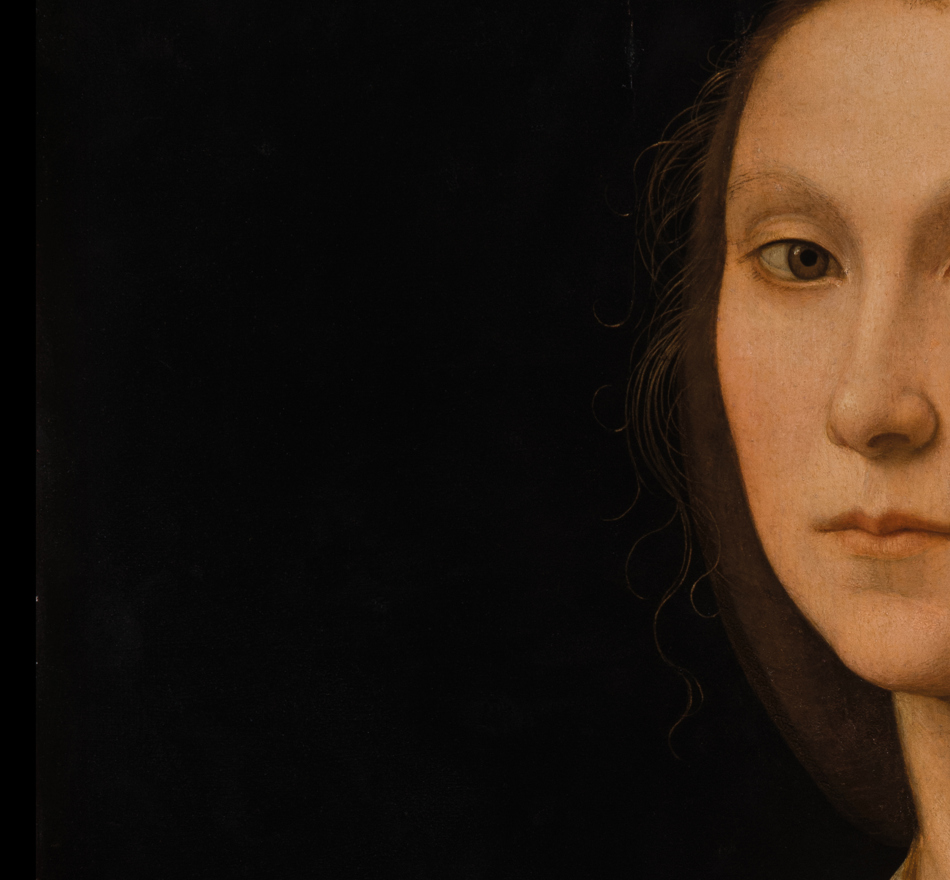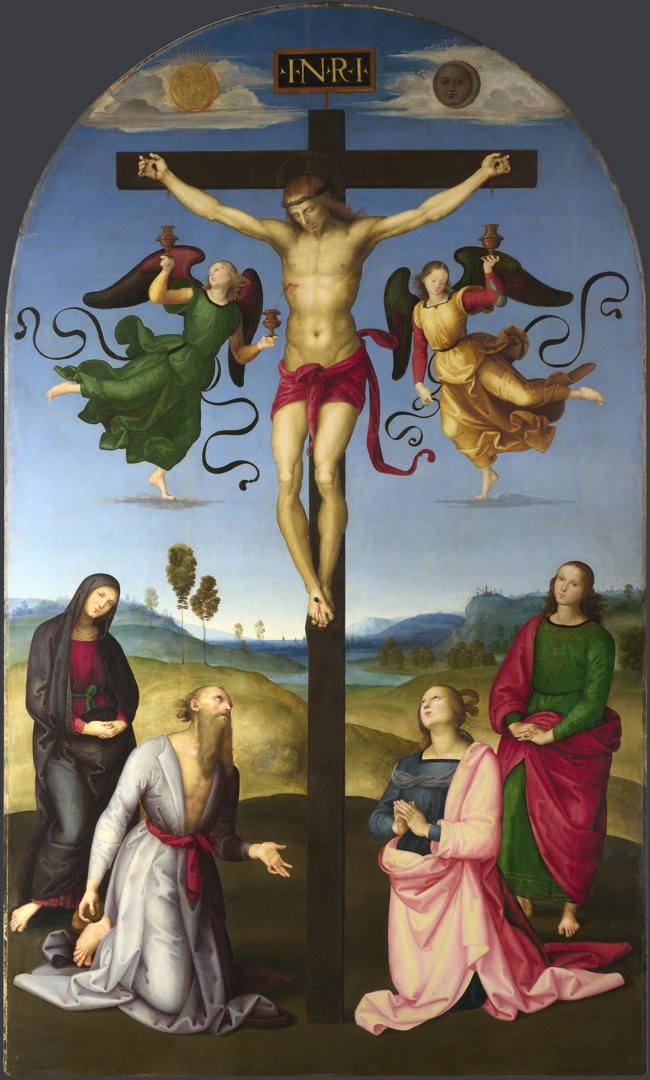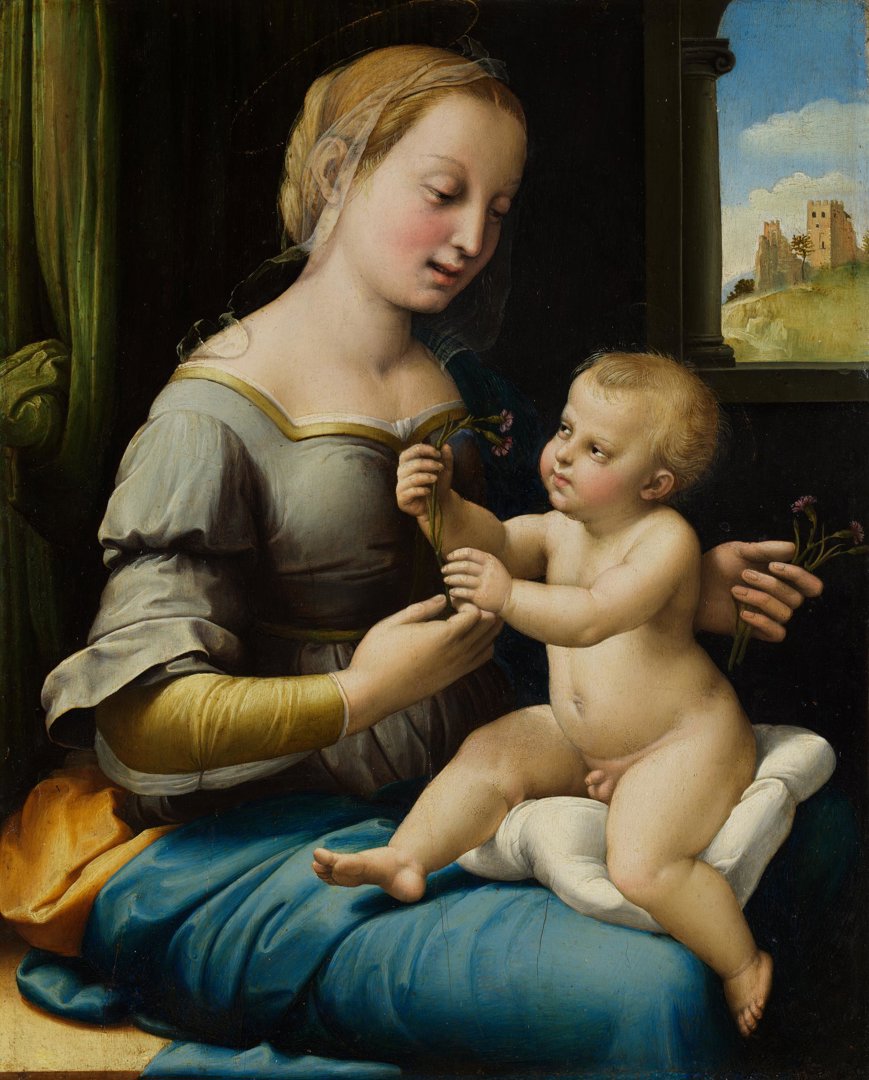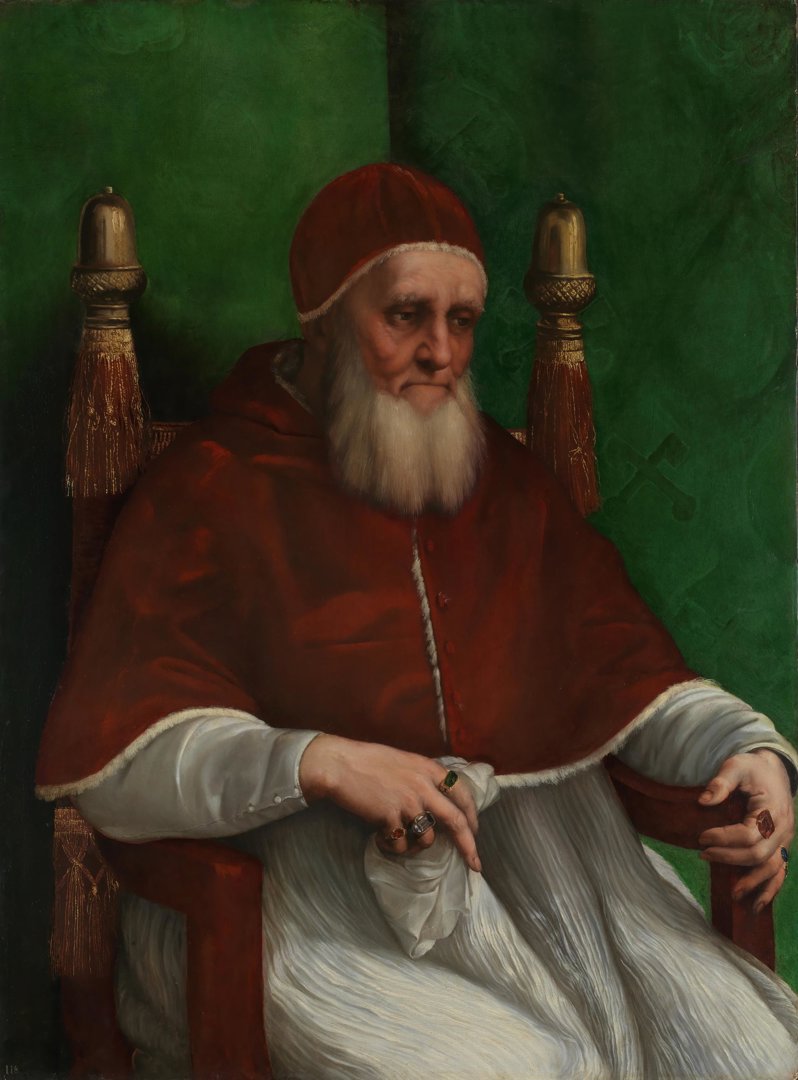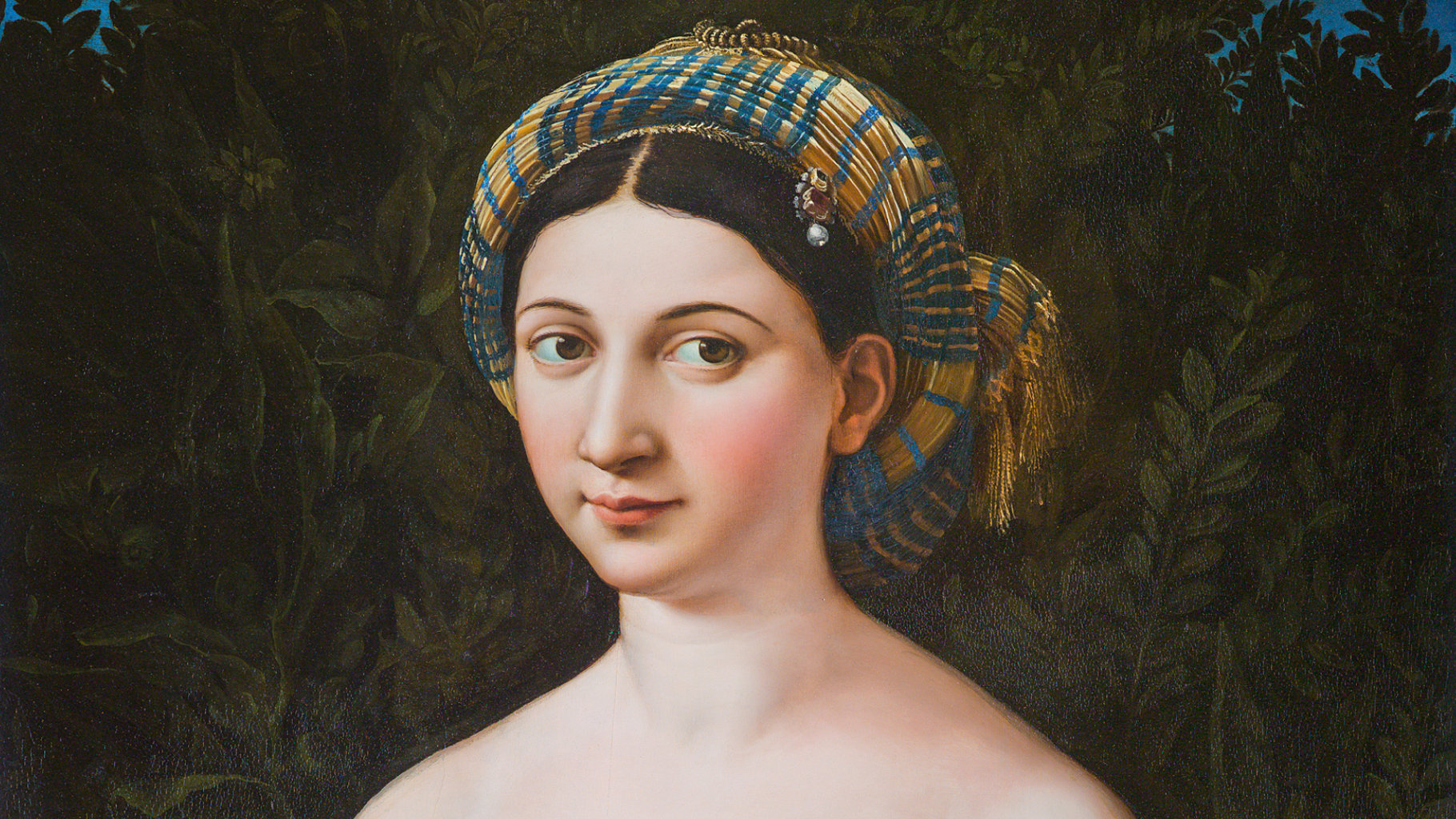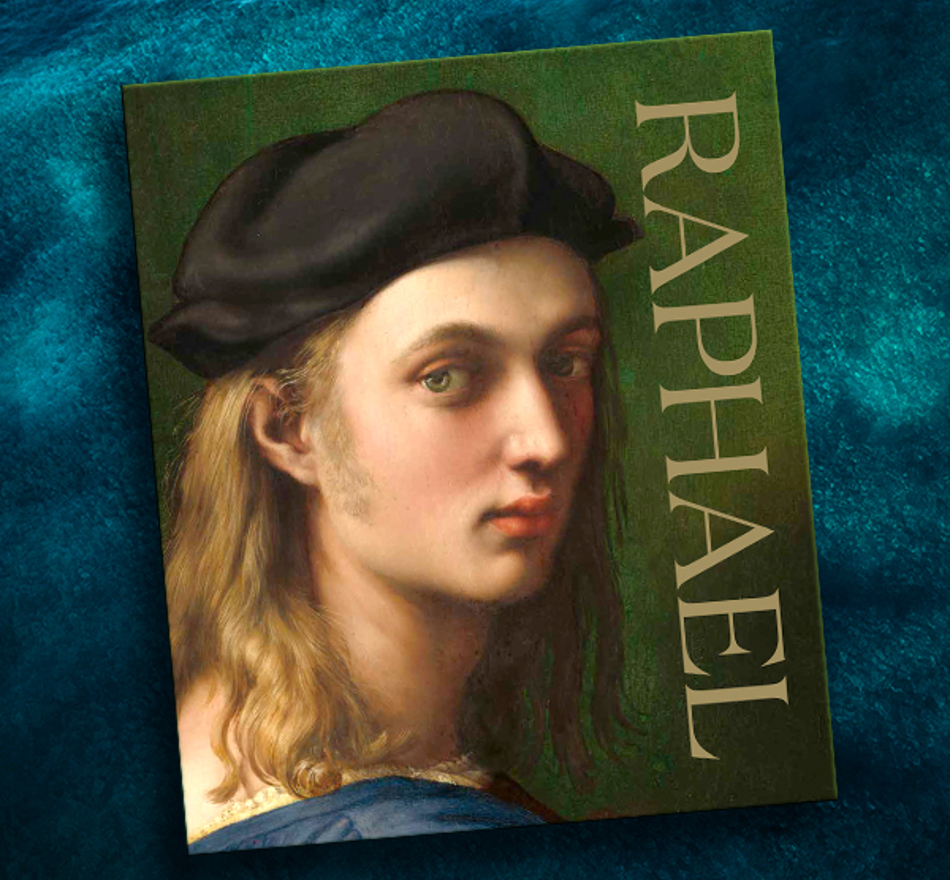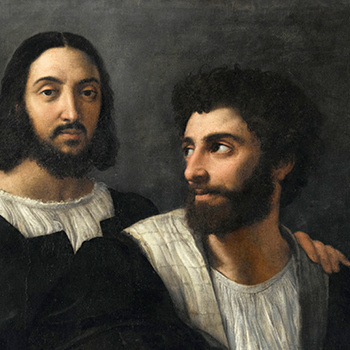
A brief introduction to Raphael's life and times
If only he had not died at 37
Raphael died aged just 37. Giorgio Vasari, the Renaissance author of 'The Lives of the Artists', tells us this along with a nebulous suggestion as to the cause of death – being over-amorous.
One of the giants of the Renaissance, along with Leonardo and Michelangelo, Raphael produced a huge number of works during his relatively short career. Famous today primarily as a painter and draughtsman, he worked much more broadly, designing for tapestry, prints, sculpture, stage sets and applied arts and was active both as an architect and an archaeologist. He even wrote poetry.
He was so talented that he was in demand to work on some of the most ambitious projects commissioned by some of the most powerful people on the planet, notably to successive popes, Julius II and Leo X.
Good and bad beginnings
Raphael was born on 6 April 1483 in Urbino, in the Marche region of Italy. His father, Giovanni Santi, was painter to the cultured court of the Montefeltro and so, from an early age, Raphael was surrounded by art, literature, and poetry. He lost his mother Magia di Battista Ciarla at age 8 and his father when he was 11. His paternal uncle became his guardian and Raphael appears to have made use of the education he had received as a painter from his father to take over the family workshop when he was still in his teens. His talent was soon recognised and in his late teens he was already working on major commissions in the region. Standout works from this period include 'The Mond Altarpiece' (1502–03, The National Gallery, London) which he completed around age 20.
Florence
Raphael relocated to Florence around 1504 to learn from the artists there, most significantly Leonardo and Michelangelo. We have sketches by him after their works, among them 'Leda and the Swan (After Leonardo da Vinci)' of about 1505–7 (Lent by Her Majesty the Queen). His designs became increasingly complex and three-dimensional as can be seen in the pen-and-ink 'The Holy Family with A Pomegranate' (1507–8, Palais des Beaux-Arts de Lille), and he adopted the round - or tondo - format so popular with Florentine clients in works such as 'The Virgin and Child with the Infant Saint John the Baptist and a Child Saint ('The Terranuova Madonna')' of about 1505 now in Staatliche Museen zu Berlin, Gemäldegalerie.
It’s during this period that Raphael produced some of his most loved Madonna paintings including 'The Virgin and Child ('The Bridgewater Madonna')', 1507-8 from the National Galleries of Scotland, Bridgewater Collection Loan, and the Gallery’s 'Madonna of the Pinks'.
Rome
Raphael was summoned to Rome in 1508 to work on the redecoration of Pope Julius II’s papal apartments in the Vatican.
He was now working for patrons with big ideas and big budgets; Popes wanting to outdo their predecessors (and artists wanting to outdo their rivals).
Julius (born Giuliano della Rovere) had planned a series of frescoes for his apartments and the Sistine Chapel. Raphael, at just 25, and with no experience of producing large-scale frescoes, was a bold choice. It may have been the architect and painter Donato Bramante, a key figure in Rome and like Raphael from Urbino, who influenced the Pope’s decision.
Raphael decorated the apartments known as 'Le Stanze' (literally rooms) with frescoes that embodied the Pope’s aspirations as a Renaissance ruler. 'The School of Athens', Raphael’s most famous work and one of the quintessential paintings in Western art represents a gathering across time of the greatest Greek philosophers and natural scientists of antiquity. Where Raphael includes Plato, Aristotle, Archimedes, and Pythagoras, a version today might include Nobel Prize winners, tech giants and scientific research pioneers. Other parts of the room show historical and some contemporary figures from the domains of the church, poetry, and law. Not only were the works large and beautiful, but they also served a purpose: to impress and show just how cultured and powerful the Pope was.
It’s in Rome that Raphael painted some of his most famous portraits. The faces of Pope Julius II (1511, the National Gallery, London) and Pope Leo X (Julius’s successor) reveal so much about these hugely powerful men and have come to define how we still see them. The portrait of his friend Baldassare Castiglione, (author, diplomat and thinker) is an incredibly sensitive work that was admired by Titian, Rembrandt and Reynolds.
Art and architecture
Raphael’s talents didn't stop at drawings, frescoes and painting. In 1514, on the death of Bramante, he was made chief architect of the new basilica, St Peter’s, i.e. the beginnings of the building we know today. He also designed villas and stage sets, wrote sonnets, and was becoming immersed in the art and monuments of Ancient Rome; he was put in charge of the use of antiquities (mainly as building materials for the basilica) and later gained responsibility for all excavated marble with antique inscriptions. He was commissioned by Leo X to produce a survey with drawings of Rome’s ancient buildings. He wrote to Leo X about the survey in 1519 with the help of Castiglione. The letter is a revealing insight into Raphael’s ideas about architecture.
Rome is also where he painted the striking portrait 'Portrait of a Woman' ('La Fornarina') between 1518 and 1519 (Gallerie Nazionali di Arte Antica, Rome). We don’t know whether she may have been someone with whom Raphael had a relationship, but it is not unlikely. He painted ‘Raphael urbinas’ on a narrow band around her arm.
A sudden full stop
Raphael never left Rome. He died there of a fever on Good Friday, 6 April 1520.
If we compare the length of his career with that of other Renaissance heavyweights, what’s intriguing is the development of his style: it seems to happen at double-speed. We talk about ‘early works’ and ‘late portraits’ when none was really that ‘late’ - Michelangelo was still working away into his 80s.
Raphael unfortunately did not live into old age. Even in the times of poor sanitation and plague, his death at 37 was untimely. Raphael laid ‘in state’ in his workshop before being taken in a huge procession to mass and burial (as per his will) in the Pantheon. His death caused great sadness; mourned by the Pope, Raphael left behind works that five hundred years after his death are some of the most famous works of art in the world.
Who knows what he might have gone on to produce had he lived a little longer?
A letter written the day after he died by Pandolfo Pico, an ambassador of the Court of Mantua in Rome, to the Duchess of Mantua, Isabella D’Este, conveys some of the respect Raphael had earnt and the general sadness at his death…’Here no one is speaking of anything other than the death of this good man, who at the end of his 33 years has finished his first life, but his second life, that of his Fame, which is not subject to time or death, will be eternal, both for his works and for the efforts of the learned men who write in his praise, and for this they do not lack inspiration.’
Pico gives Raphael’s age as 33. This is not correct. He was 37. However, many thought he was 33 because this was the age that Christ is said to have died.
Title image: Raphael, 'Self Portrait (left) with Giulio Romano', 1519–20. Musée du Louvre, Paris. Photo © RMN-Grand Palais (musée du Louvre) / Gérard Blot
